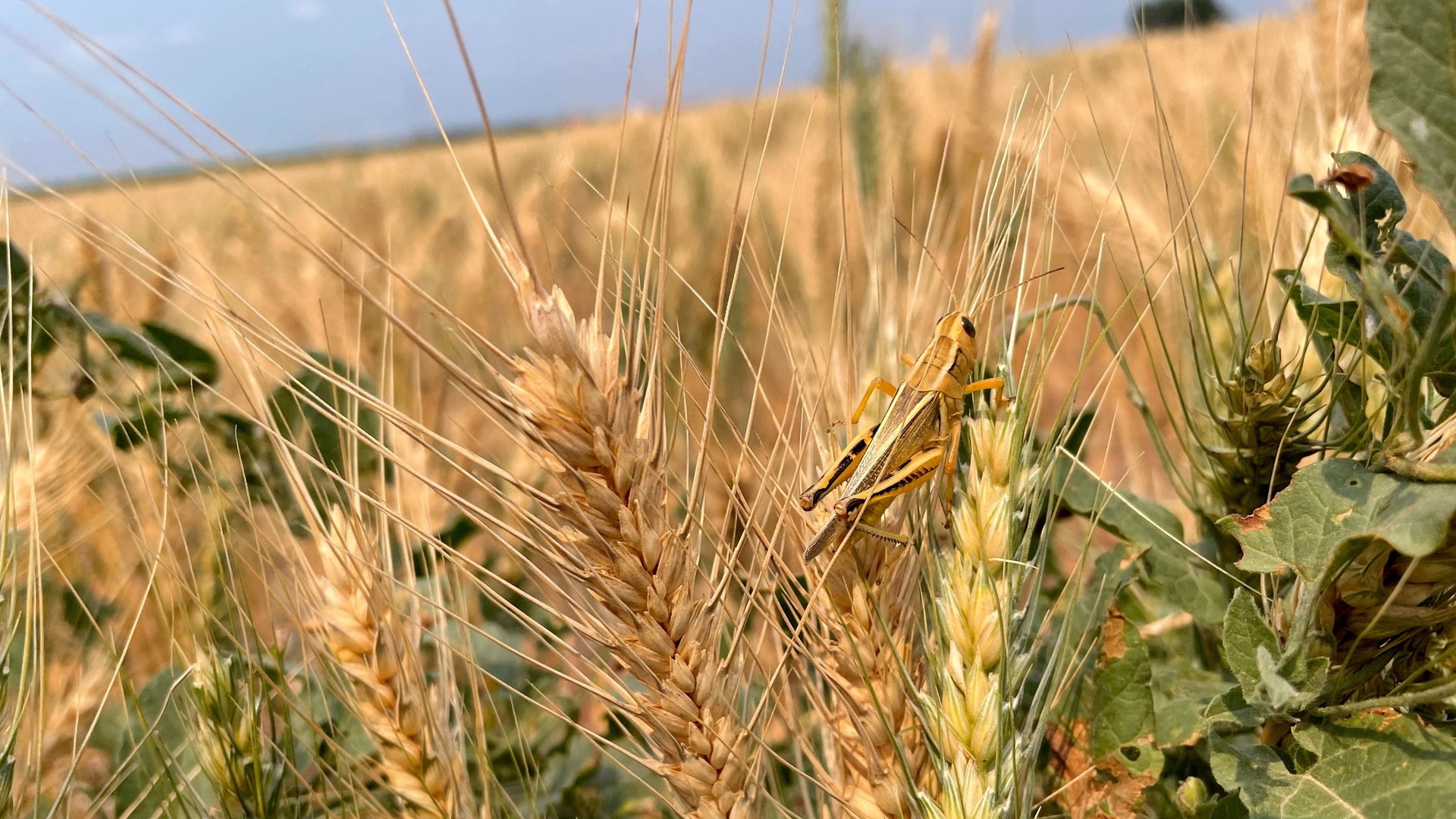How soaring wheat prices will force restaurants to get even more creative
Restaurants in the US have faced ingredient shortages for most of the pandemic. Supply chain snags and surging food prices have forced operators to get creative with what they had on hand, from grilling foods typically served raw or fermenting ingredients to extend their shelf life.


Restaurants in the US have faced ingredient shortages for most of the pandemic. Supply chain snags and surging food prices have forced operators to get creative with what they had on hand, from grilling foods typically served raw or fermenting ingredients to extend their shelf life.
But restaurants could end up in even worse shape, as wheat crops come under threat due to the Russia-Ukraine war and ongoing droughts. Since the start of the year, US wheat prices are up 48% year to date; in May, the US Department of Agriculture forecast that total wheat production will decline in the 2022 to 2023 season. That’s bad news for US restaurants as bread is on 62% of their menus, said Mike Kostyo, an associate director at Datassential, a food market research firm.
Restaurants were forced to get creative
When they experienced supply shortages last year, operators were more likely to find another supplier for flour—more than for beef or chicken wings, according to a July 2021 survey by Datassential shared with Quartz. That illustrates how wheat and wheat products like flour are staple ingredients in a way many other commodities are not.
If steak prices are high, you can drop the steak from the menu, or use a cheaper cut or protein, said Kostyo. Last June, as chicken prices were rising, Wingstop encouraged people to order drumsticks. If flour prices are too high, you can’t just drop all the options that use flour—because that means no more batter for the pancakes, bread for the fried chicken, or the base for cakes. Swapping wheat for an alternative will change the taste, said Kostyo.
In the future, extreme weather could prompt restaurants and food manufacturers to rethink where they source food. Spain, for instance, is using feed grain to fill the gaps in its flour production opened by the Russia-Ukraine war. But, Kostyo said, the food system is very interconnected. Taking wheat from animal feed could reduce the corn supply, which animals feed on, for instance. In the US, farmers are planting less corn this year amid a fertilizer shortage. “So, you know, you can make those changes, but it also has a ripple effect across the entire food industry,” he said.